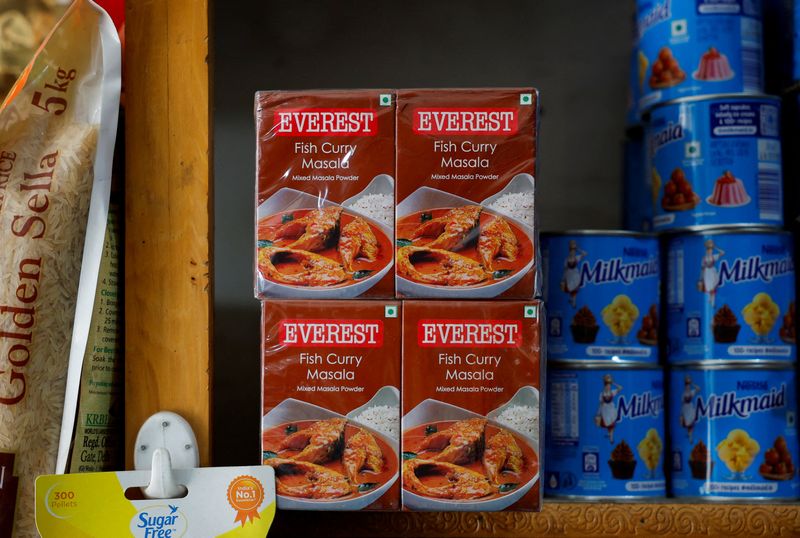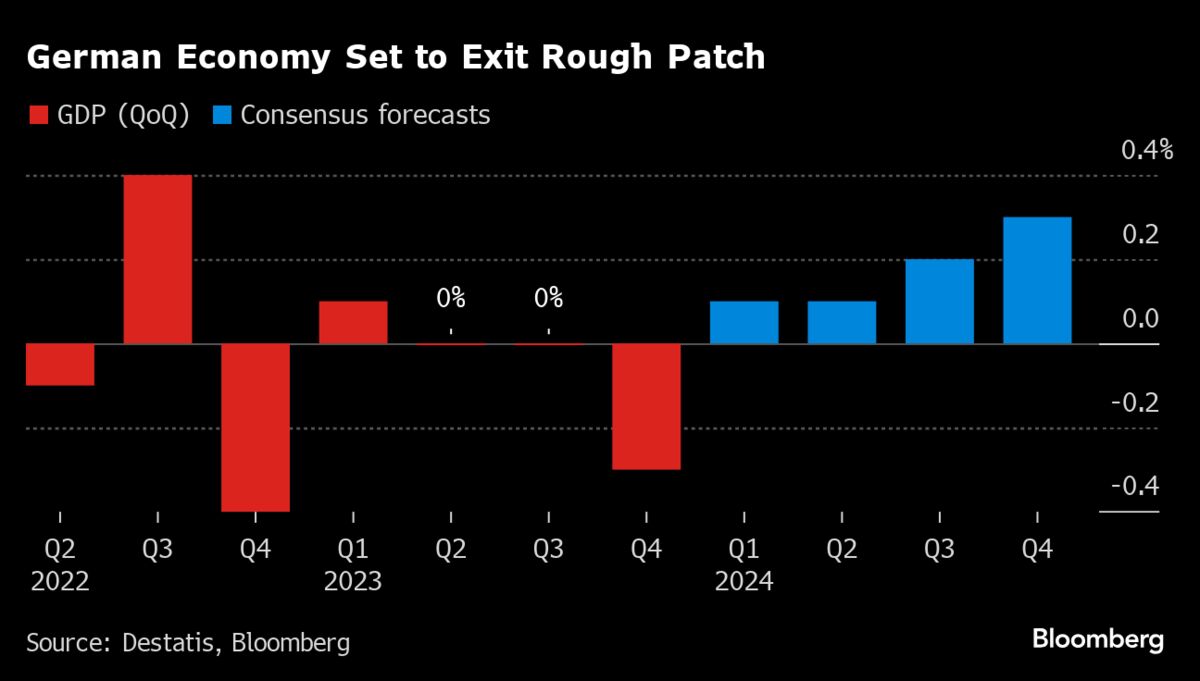South Africans are poorer than they were in 2006


South Africans are getting poorer, with data from the International Monetary Fund (IMF) showing that GDP per capita is now below the average for emerging economies – and about the same level as 2005.
On Tuesday (5 March), Stats SA will release the Q4 2023 GDP figures, which the Bureau for Economic Research (BER) believes will show a quarter-on-quarter expansion – meaning South Africa will avoid a technical recession.
“Our full-year forecast is at 0.6% growth for 2023, but the available high-frequency data suggests that an upward surprise in Q4 and, by extension, the full-year growth figure is possible,” the BER said.
Although this level of growth seemed unattainable at the start of 2023 amidst heightened load shedding, it is still minimal and won’t result in any meaningful change for the country or its citizens.
Avoiding a technical recession is near-meaningless when household expenditure has been in a full recession for some time.
South Africa’s population growth, the weakness of the rand and the minimal economic growth means that South Africa’s population has, in fact, been getting poorer in real terms.
According to data from the IMF, South Africa’s GDP per capita dropped from $6,680 in 2022 to $6,190 in 2023 – far below the record-high of $8,800 recorded in 2012.
Additionally, South Africa’s GDP per capita in 2023 now sits below the $6,450 average for an emerging and developing market.
This is the same level of GDP per capita as 2005.
In 2012, the average GDP per capita for an emerging market was $4,620 – only 52% of the average GDP per capita in South Africa.
Moreover, South Africa is now also significantly below the average GDP per capita across the world of $13,130.
In 1980, South Africa’s GDP per capita of $3,070 was higher than the world average of $2,860 at the time.
Future expectations also provide for grim reading, with South Africa’s GDP per capita only expected to reach $6,920 in 2028.
Average GDP per capita in emerging markets is expected to hit $8,280 in 2028, while the world’s average is expected to grow to $16,300.
According to the IMF’s data, South Africa is 100th in the world for GDP per capita, sandwiched between Ecuador ($6,640) and Colombia ($6,420).
Immediate pains
The Nedbank Group Economic Unit, International Monetary Fund and Deloitte all predict 1% growth in South Africa’s GDP in 2024.
With South Africa’s population seeing average growth of 2% every year, Deloitte Africa Chief Economist Hannah Marais warned that South Africa’s population is getting poorer.
To stimulate meaningful economic growth in the country, Marais said that investment in infrastructure should be 30% of GDP.
It currently only averages roughly 15% and only ever hit a record high 20% amidst the 2010 FIFA World Cup.
“This (investment in infrastructure) will require the government to enhance infrastructure delivery by upping both quantity and quality,” Marais and Deloitte’s Hanns Spangenberg said.
“It needs to crowd in more private sector financing for larger projects, review the public-private partnership framework, and establish an agency to support finance and implementation of infrastructure.”
In more positive news, the government is increasingly cooperating with the private sector to increase development.
Finance Minister Enoch Godongwana announced during the 2024 Budget that third parties will soon have access to Transnet’s rail network.
The embattled state-owned entity also recently announced a public-private partnership to upgrade Pier 2 of the Durban Container Terminal.
What's Your Reaction?






















































